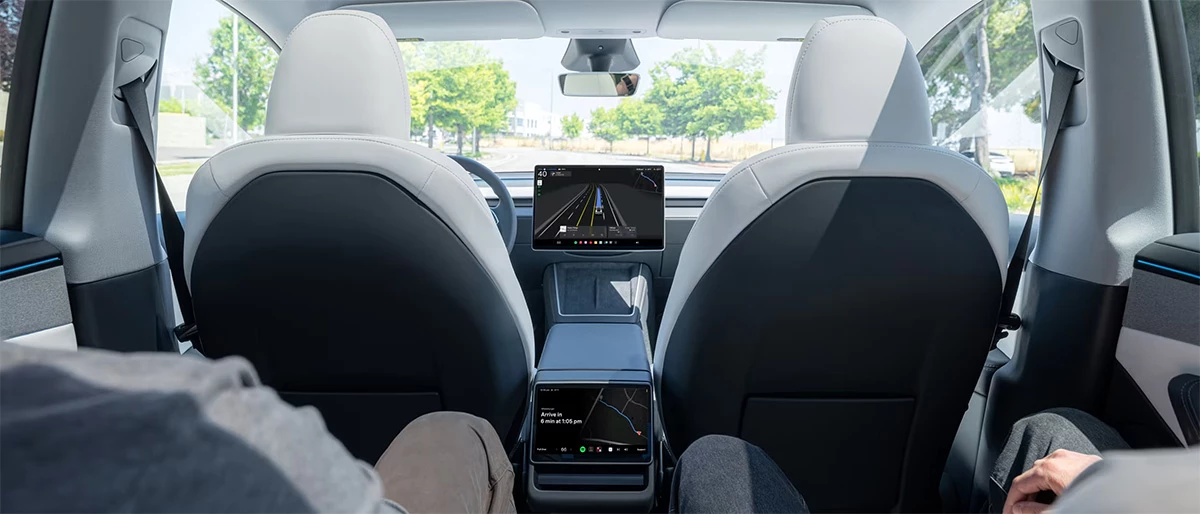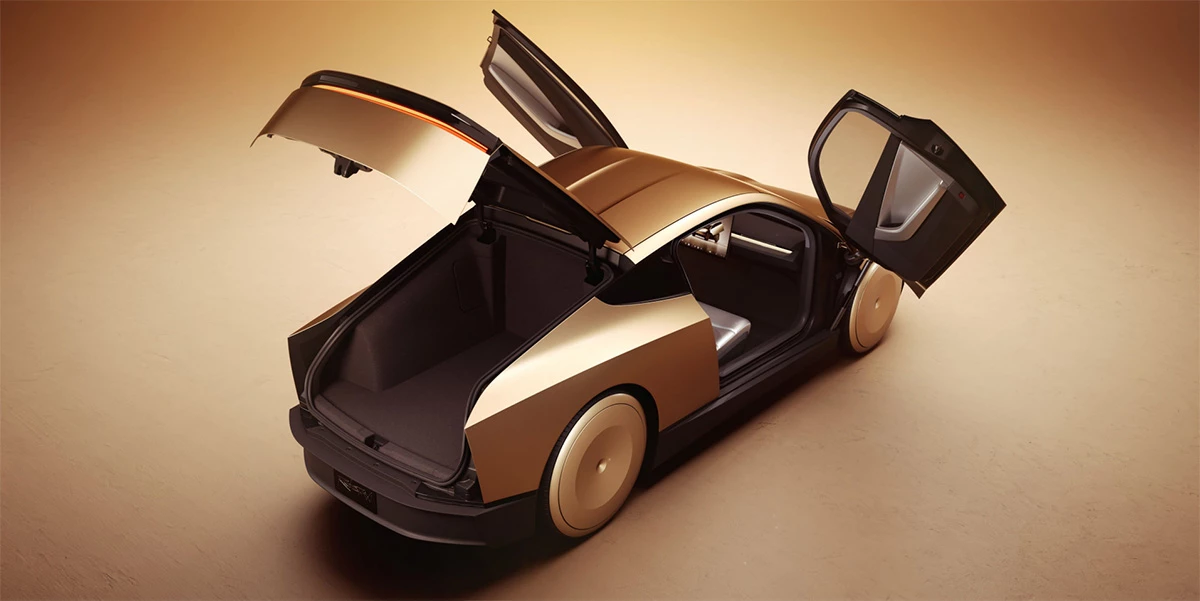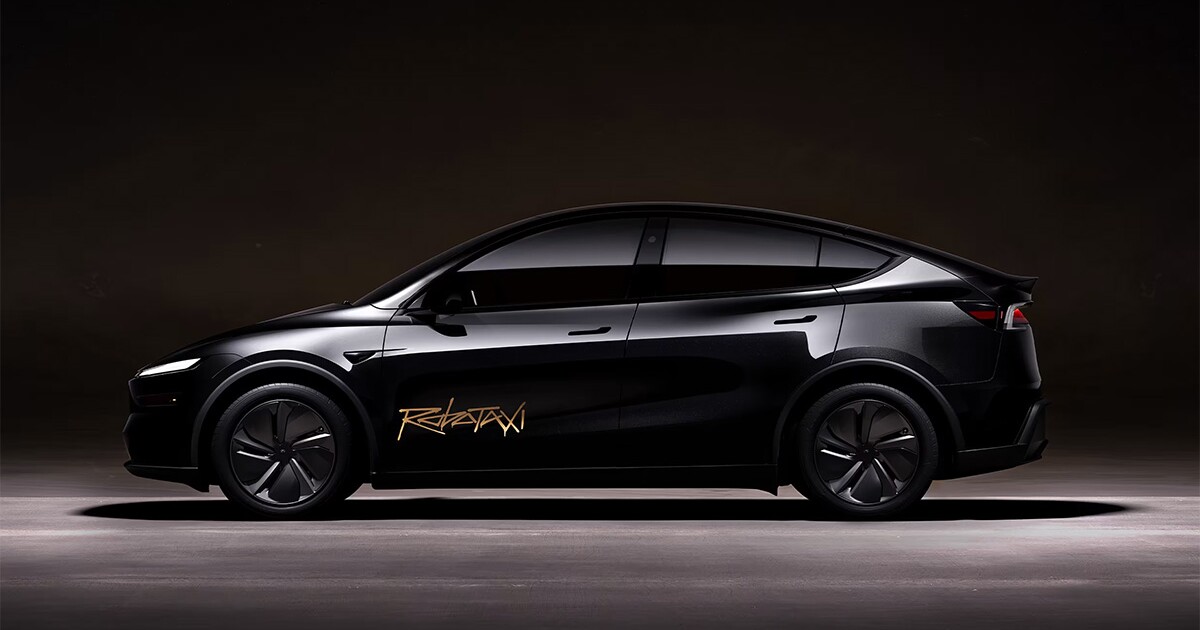Credit where it’s due: Tesla CEO Elon Musk promised his company would launch a robotaxi service this June, and it actually rolled out self-driving cabs in Austin, Texas, over the weekend. Too bad you’ll probably have a hard time hailing one at the moment.
The service is currently invite-only, and the fleet is believed to feature just a handful of cars at the moment. The Verge notes that it’s likely about 10-20 vehicles, and a number of early invites have been sent out to Tesla-favoring influencers. That tracks with Financial Times‘ recent report about the automaker’s plan to initially keep the rollout small, and restrict access to only “company employees or invited guests.”
The cars are not the Cybercab designed for the ride-hailing service and revealed last October; instead, you’ll get a Robotaxi-branded Model Y sedan.

Tesla
Oh, and there’s a human operator on board in the front passenger seat, instructed to remain silent through the trip and be prepared to hit a kill switch in case of any untoward incidents in traffic. From the social media posts and YouTube videos from early riders, it appears that you can’t seat passengers up front at present, so only two to three people can ride together.

Tesla
Some of these taxis have chase cars and remote drivers to serve as backup.

Tesla
Based on an X post from Sawyer Merritt who posts content about EVs and Tesla, it appears the cab service appears to cover only a small geofenced radius in Austin, around South Lamar and Zilker Park to the west and Highway 183 to the east. Some folks who have used it reported a smooth ride and comfortable experience; booking a trip is similar to grabbing an Uber through a mobile app.
The single screen in the rear has a nice touch for Tesla owners: since the service is connected to your Tesla app, the display will pull up your preferred streaming service and saved playlists.

Tesla
While the launch feels limited and not exactly as described – rides were supposed to be “unsupervised” and available to everyone – it’s probably a good thing. The smaller numbers of vehicles and passengers to deal with early on should allow Tesla to focus on keeping riders and other vehicles safe while it irons out any kinks. Musk told CNBC in May that the company will have over a thousand robotaxis “within a few months.”
With that, Tesla is poised to compete with Waymo, which operates more than 1,500 cabs around Phoenix, San Francisco, Los Angeles, and Austin, and has recently become available on Uber’s platform. Amazon’s subsidiary Zoox plans to go live in Las Vegas later in 2025 and begin testing in San Francisco as well, now that it’s opened a production facility that can crank out 10,000 of its four-seater driverless vehicles a year. And Lyft is slated to launch its own self-driving cab service in Dallas, Texas, sometime in 2026.
Elon Musk says Tesla’s fleet will be part Uber, part Airbnb
Tesla owners can easily add their vehicles to the autonomous fleet through the app when not using them.
They’ll earn money—often more than their monthly payment, while Tesla takes a small cut pic.twitter.com/j0tD7V3Onl
— Dima Zeniuk (@DimaZeniuk) June 22, 2025
Tesla will have its work cut out for it rivaling these companies as it expands its robotaxi business and tackles challenging state regulations for driverless vehicles. It’ll also be worth watching whether the company can deliver on another big Musk promise (which you can hear above) – the introduction of a feature in Tesla cars for owners to simply add their EVs to the robotaxi service whenever they like, and earn money loaning them out. That could not only make it easy for Tesla to tap into a larger fleet when needed, but also sweeten the deal for people considering buying a self-driving car in the future.








